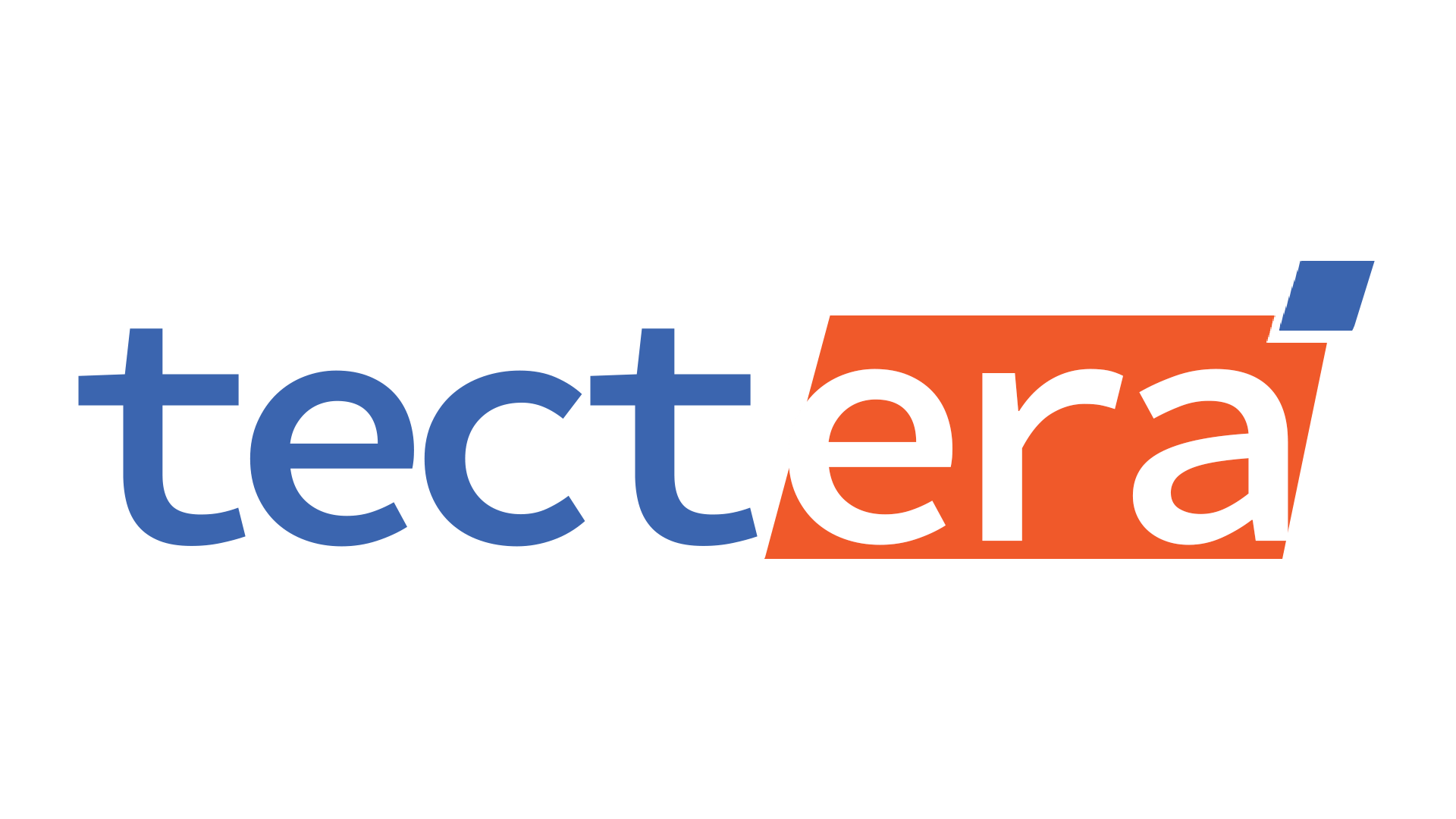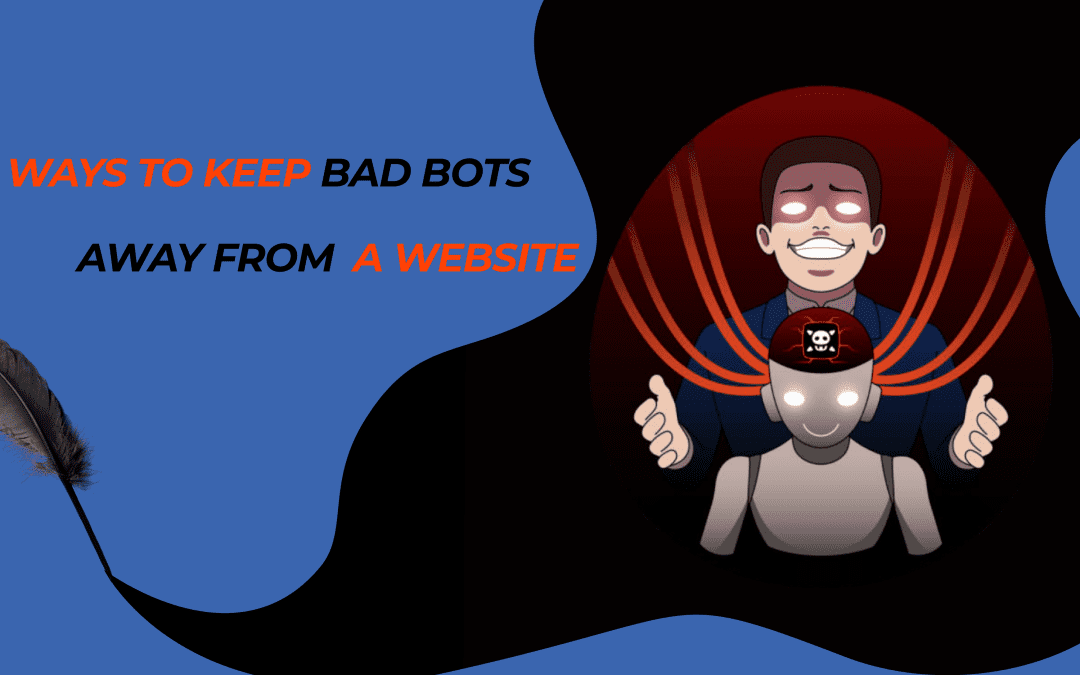What are Bots?
Bots and spiders are mostly harmless. For instance, you want Google’s bot to crawl and index your website. However, can occasionally cause issues and bring in unwanted traffic. According to Incapsula’s research on bot traffic, “Bot visits are up 21% to represent 61.5% of total website traffic.” Although there are many different types of internet bots, a significant amount of this traffic is caused by bad bots that have malicious intentions. Therefore you need to keep bad bots away from your website
What is a Good Bot?
Bots are not all bad. In truth, Googlebots are our buddies in the unpredictable realm of SEO. A “Googlebot,” also referred to as a “spider,” is Google’s web crawling bot that browses the Internet in search of new webpages and websites to include in Google’s index. In order for your site to be indexed by the two main search engines so that your potential customers can find you, Googlebot and Bingbot are crucial.
What is a Bad Bot?
The software that has been programmed to carry out malicious activities is known as a bad bot. These bots seek to harm your website or its users, which could result in a bad user experience and harm to your brand’s reputation. These malicious bots can harm your website and company in a variety of ways. Attempting a distributed denial-of-service (DDoS) Layer 7 attack, Scraping your website for private data that can be used illicitly, such as selling user data and Republishing your material on other websites, causing content duplication are some of those issues.


Measures to Keep Bad Bots Away From Your Website
1. Watch for signs of bad bots
Most of the time, website administrators won’t even be aware that malicious bots are targeting their websites. It’s crucial to keep an eye out for the following irregularities.
A sudden increase in page views: If there is an unexpected increase in page views, it is most likely the result of malicious bots clicking through the website.
A immediate increase in bounce rates: It’s possible that bots are targeting a certain web page if a lot of users arrive there and then quickly leave without clicking anything.
An unforeseen rise in session duration: If a website visitor stays on it longer than usual, it’s likely that bots are crawling it slowly. In a similar manner, if exceptionally brief session lengths are seen, it can be that web crawlers are clicking their way through the site.
A sudden increase in traffic from a certain location: If traffic from a particular location suddenly increases, botnets are probably being used to attack the website from that location.
2. Integrate Smart Software
Installing software programs is one of the greatest ways to safeguard your website and keep bad bots away from your website. What sort of software, though? Well, there are several kinds of tools, such as bad bots scanners and bad bots analysers, that can assist you in dealing with bad bots. They allow you to see information such as bot traffic and how well your website is protected against malicious bots.
3. Add a CAPTCHA to web forms
On the login pages and web forms, CAPTCHAs can be added to stop credential stuffing and false requests. They help to keep bad bots away from your website. Most CAPTCHAs would ask the user to complete a straightforward task, such as picking out a number or object from an image, to get rid of the majority of bots. When it comes to clever and powerful bots, CAPTCHAs are less useful. They also cause additional inconvenience for website visitors, which is a drawback.
4. The use of Hidden Fields
Form spamming and fraudulent registrations are two of the biggest issues facing an online business that employs forms for registrations and real consumer engagement.
In this situation, spam bots can be somewhat prevented by employing a hidden/dummy field as a trap and hiding it using effective CSS. Since real users cannot view the field, the field’s ability to indicate a real user will be negated. Bots often fill up all the forms, suggesting that they are spam or garbage. However, clever bots that can recognize and disregard hidden fields and end up spamming forms can be made by sophisticated scrapers. However, because employing hidden fields is frowned upon by search engines, this strategy leads to penalties.


5. Honeypots
Honeypots are an effective way to catch new bots on a website (provided by scrapers who are not familiar with the layout of every page). However, this strategy also presents the less obvious risk of lowering the page rank on search engines. This trick tricks search engine bots into thinking the links are fake, dead, or irrelevant. The ranking of the website significantly declines when there are more of these traps. Setting up honeypots requires careful management and is dangerous.
6. Track failed login attempts.
An increase in failed login attempts might be seen when botnets are used in credential stuffing attacks. For this reason, it’s crucial to keep an eye out for any false login attempts and set up automated warnings for them. Adopting a multi-factor authentication (MFA) framework that incorporates a combination of security questions, one-time passwords, and even biometric authentication is advised in order to successfully avoid credential stuffing and keep bad bots away from your website.
7. Log Files
You can identify and quite stop the bots with the help of log files. The log files contain a record of each request made to the website. By tracking its IP, one can use this to locate the bots. Every request’s IP address should be checked, as well as the number of visitors to your website. You can identify a bot and ban that IP if you notice a lot of hits coming from one IP or a variety of IPs in a short period of time.
There is a restriction, though. A harmful bot should not necessarily be banned just because you detect a suspicious IP and block it.. For all you know, that IP address could very well belong to a public network, and by blocking it, you could be restricting legitimate people as well.


Editorial Staff at Tectera are experts on web design, SEO, social media and other digital marketing channels.




